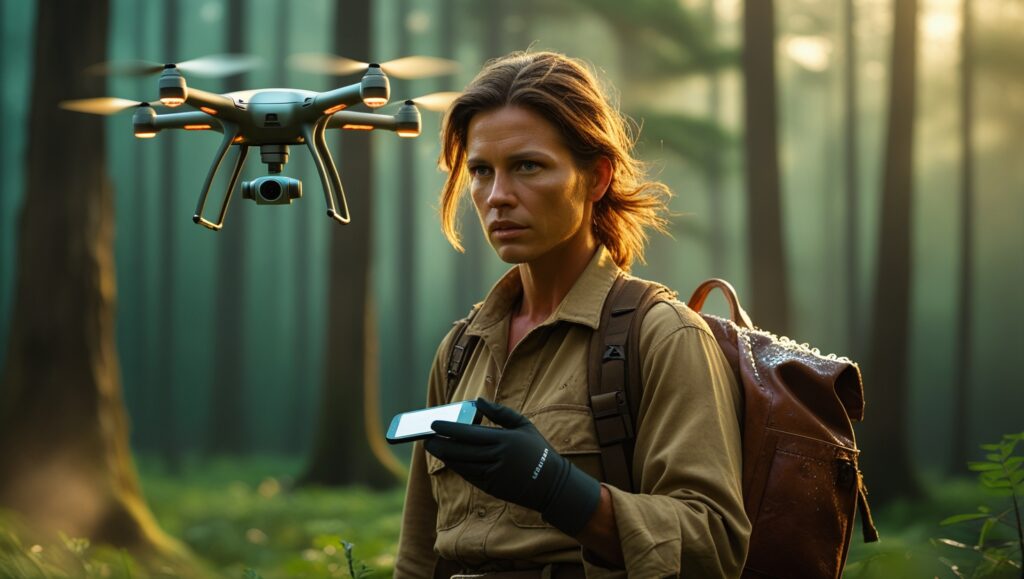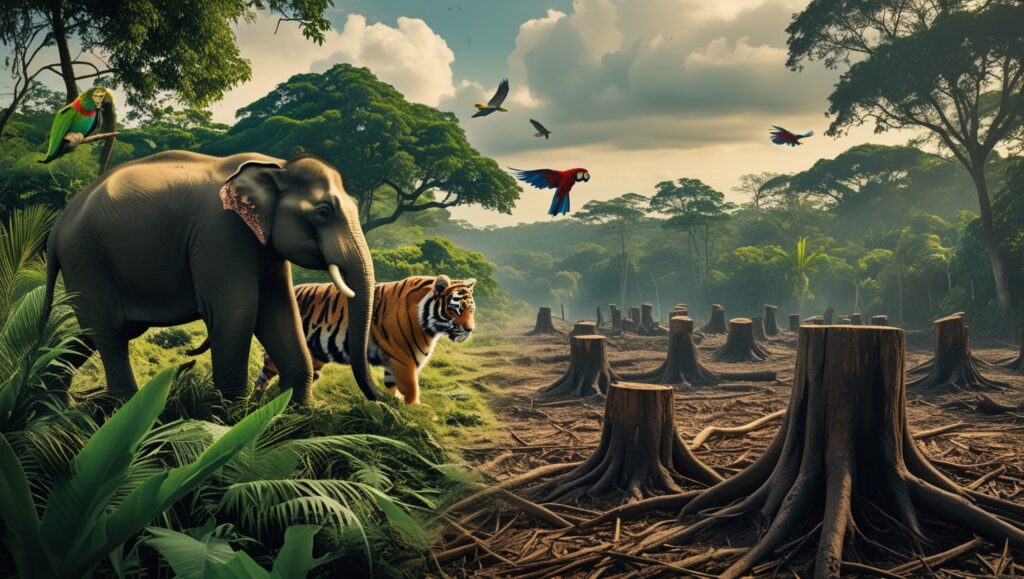Imagine a world without elephants, tigers, or colorful parrots. Sounds sad, right? But that’s the kind of world we could face if the illegal wildlife trade isn’t stopped. Every year, millions of animals are taken from their homes, disrupting nature and putting entire ecosystems at risk. Let’s dive into how this black-market trade affects our planet and why it’s such a big deal.
What is the Illegal Wildlife Trade?
The illegal wildlife trade is the buying and selling of animals, plants, or their parts—like tusks, horns, or fur—without permission. People do this to make money, often smuggling animals across borders. It’s a multi-billion-dollar industry, second only to drugs and weapons in terms of profit. From rare turtles to exotic birds, no species is safe.
How Does This Harm Ecosystems?

Nature is like a giant puzzle. Every plant and animal is a piece that helps the whole picture stay complete. When even one piece is removed, the balance is thrown off. Let’s look at some specific ways illegal wildlife trade damages ecosystems:
1. Loss of Key Species
Some animals are known as “keystone species” because they play a huge role in their ecosystems. Elephants, for instance, are nature’s gardeners. They knock down trees to create open spaces for other plants and animals to thrive. Without them, the environment can become overgrown, making it harder for other species to survive.

Fun Fact: Elephants spread seeds in their poop! A single elephant can scatter seeds over miles, helping forests grow and stay healthy.
2. Imbalanced Food Chains
Every animal has a job in the food chain. Predators like tigers keep herbivores like deer in check. If tigers are hunted for their bones or fur, deer populations can explode. Too many deer can lead to overgrazing, leaving the land bare and unable to support other wildlife.
3. Spread of Diseases
When animals are taken from their natural habitats, they’re often kept in cramped, unsanitary conditions. This increases the risk of spreading diseases between animals and even to humans. The COVID-19 pandemic is thought to have links to wildlife trade, showing just how dangerous this can be.
How Does This Affect Humans?
It’s not just animals that suffer—humans do too. Healthy ecosystems give us clean water, fertile soil, and fresh air. When wildlife is harmed, these benefits disappear. For example, forests without animals to spread seeds may shrink over time, reducing the oxygen we breathe.
Fun Fact: Did you know that rainforests, often called “the lungs of the Earth,” produce about 20% of the world’s oxygen? Many of these forests depend on wildlife to survive.
The Role of Climate Change
The illegal wildlife trade also worsens climate change. Forests are key to fighting climate change because they absorb carbon dioxide. When animals like apes, which help spread seeds, are removed, forests struggle to grow. Fewer trees mean more carbon in the atmosphere, speeding up global warming.
Interesting Stories from the Wild
Sometimes, the stories behind the illegal wildlife trade are as surprising as they are heartbreaking. For instance, pangolins—small, scaly mammals—are the most trafficked animals in the world. Why? Because their scales are used in traditional medicines, even though they have no proven health benefits. Saving pangolins isn’t just about protecting one species; it’s about preserving forests where they eat ants and termites, keeping pests under control.
Fun Fact: A single pangolin can eat up to 70 million insects a year. That’s like having a natural pest control service for forests!
What Can Be Done?

Stopping the illegal wildlife trade isn’t easy, but it’s not impossible. Here are some ways people and organizations are fighting back:
- Stronger Laws: Governments are creating tougher rules to punish traffickers and protect animals.
- Education: Teaching people about the importance of wildlife helps reduce demand for illegal products.
- Wildlife Sanctuaries: Rescued animals are often sent to sanctuaries where they can recover and live safely.
- Technology: Tools like drones and GPS trackers help rangers monitor wildlife and catch poachers.
What Can You Do?
Even if you’re far from a rainforest or savanna, you can help:
- Don’t Buy Illegal Products: Avoid buying items made from ivory, fur, or exotic animals.
- Spread the Word: Share what you’ve learned with friends and family.
- Support Conservation Efforts: Donate to organizations that protect wildlife and their habitats.
Fun Fact: More than 1,000 species are protected under CITES (Convention on International Trade in Endangered Species), an international agreement to stop wildlife trafficking.
Why This Matters
The illegal wildlife trade isn’t just an animal problem; it’s a planet problem. By taking action, we can help keep nature’s puzzle intact. Every species has a role to play, and so do we. Let’s work together to ensure that future generations can enjoy the incredible diversity of life on Earth.
After all, a world with elephants, tigers, and colorful parrots is a much brighter place to live!



